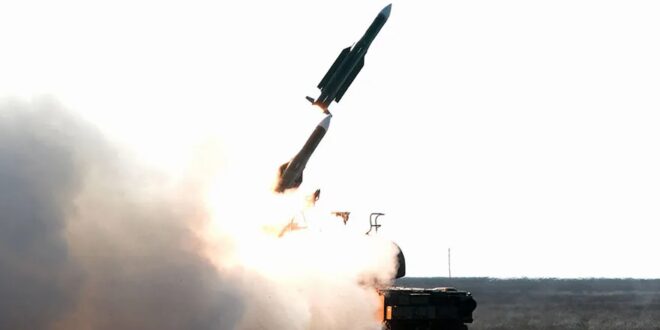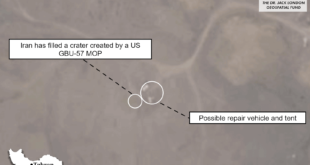This Whitehall Report outlines a joint methodology for the targeting of A2/AD systems.
The British military is expeditionary and seeks to confront adversaries abroad before they pose a threat at home. Theatre entry is therefore a precondition for the utility of the British military. Adversaries are fielding increasingly capable and integrated anti-air and anti-ship complexes that threaten the viability of theatre entry. These complexes differ from older systems in their level of integration, redundancy and consequent resilience. To assure the future relevance of the UK’s military instrument, it is necessary to have a methodology for breaking through these systems.
The number of components within these complexes makes the destruction of the system too resource intensive to be a viable strategy. Nor – given the levels of integration – will the destruction of a small number of key nodes bring about the system’s collapse. For this reason, US concepts for degrading anti-access/area-denial (A2/AD) architectures provide a poor guide for the UK as they assume a level of resource that is beyond the UK’s capacity. The problem is larger than any single service and must be tackled by the Joint Force.
For the UK, the objective of the theatre access phase in operations should not be a system’s destruction, but rather changing the behaviour of the system so that it is unable to deny access to the environment. Integrated systems may be understood to function in three behavioural states:
The optimal operational state in which the system can coordinate the most appropriate response to a given threat.
The stressed operational state in which the system is forced to engage in sub-optimal responses to threats but remains mutually supporting.
The degraded operational state in which the system functions as isolated components and executes sub-optimal responses to threats.Degrading the system requires that joint activity adhere to three principles:
Effects should be applied simultaneously so that the defenders are constantly trying to resolve conflicting imperatives in how they respond.
The threats to the system must be persistent to prevent the operators recovering and managing a graceful degradation of system functionality.
The tempo of operations must increase to exploit the greater permissiveness of the operational environment as the system degrades.To apply effects against the system to degrade its behaviour it is necessary for the available components of the Joint Force to offer the Theatre Entry Commander a range of options they can execute against the system. These offers can then be synchronised and deconflicted by the command in accordance with the principles. The key effects should aim to affect four target sets:
The Theatre Entry Commander must also track the patterns that comprise the key indicators of system behaviour to assess campaign progress and inform risk management as the force escalates activity against the system.
To be able to apply these effects, it is essential that the force is prepared as regards its equipment, training and understanding of how its own capabilities interact with the threat systems. Assurance of theatre entry therefore requires preparation before the outbreak of conflict. In order to coordinate preparatory activity the UK should appoint a Senior Responsible Officer empowered with access to understand what activities are being undertaken to prepare for theatre entry operations and to resource and approve preparatory activities. The primary lines of effort in competition must be to understand the threat systems, to collaborate to shape favourable conditions in theatre, and to constrain the proliferation of A2/AD complexes.
In competition, understanding can be developed through the pursuit of:
Covert collection on threat systems.
Overt collection on threat systems
Stimulation of threat systems.
Procurement of threat systems for analysis.
Seizure and recovery of threat systems for analysis.In order to gain opportunities to target threat systems in competition and to expand the threat surface against them in conflict it is necessary to collaborate with partners. Collaboration should be aimed at:
Developing access to systems, either for collection in competition or disruption in conflict.
Conducting action to seize systems in competition or destroy them in conflict.
Building resilience and preparing the ground by training partners on how to identify and sabotage threat systems when they enter theatre.Finally, the force should work to limit where systems are deployed and constrain their proliferation by targeting:
Operators, through the threat of collection or seizure to limit where they are prepared to deploy systems.
Manufacturers, by encouraging the defection of their personnel and imposing costs on association with companies to slow the development of new threat systems, while targeting the supply chains for critical system components.
Customers, by imposing opportunity costs on procuring threat systems unless they collaborate, offering and facilitating alternative defences, and disrupting supply.For preparatory work in competition to feed into options across the Joint Force in conflict it is essential that there is a repository of information developed about the threat systems, how they are fought, and the capabilities developed for disrupting them. This repository will necessarily be sensitive but access to it should be made available to those planning theatre entry operations in a format that is comprehensible to operators.
 Eurasia Press & News
Eurasia Press & News




